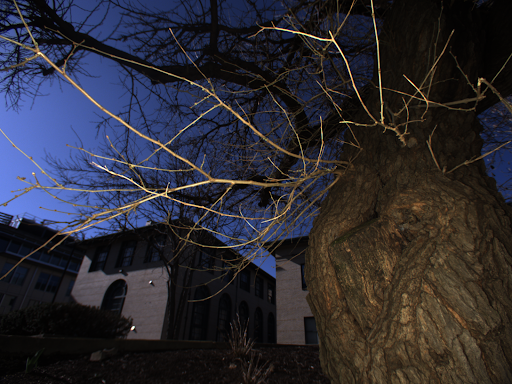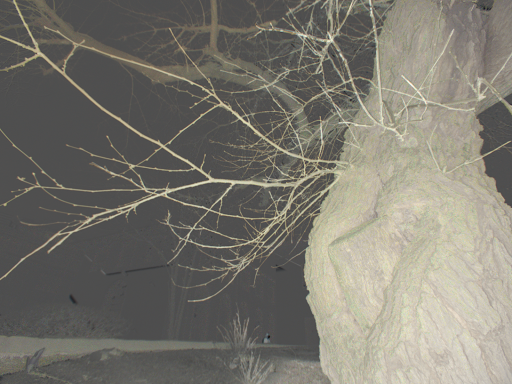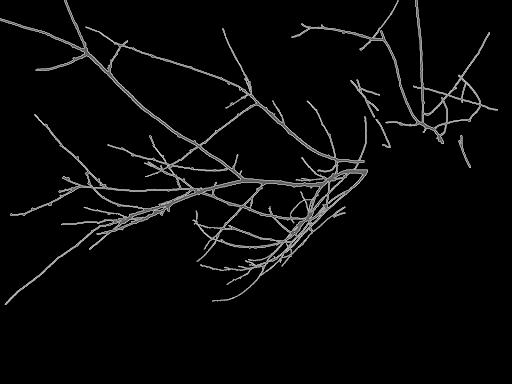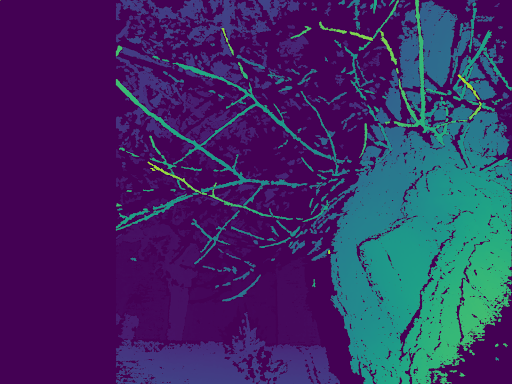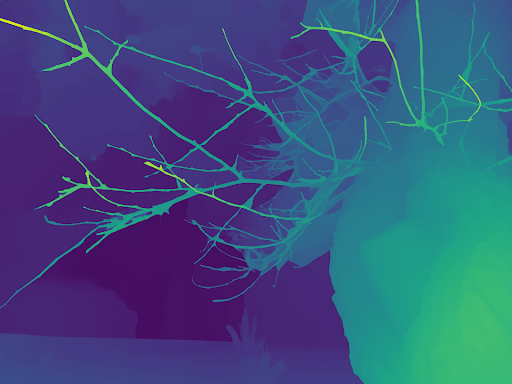Flash Stereo
As part of a physics-based vision class at CMU I did a project testing some applications for combining flash images with no-flash images. Our lab makes illumination invariant cameras for outdoor use that are based on an extremely bright and fast flash, so I took some outdoor images with and without the flash on. Some images have the sun in the background and some do not, but they are all in bright daylight. I was trying to see whether the combination of flash/no-flash data would improve stereo depth quality and it mostly wasn’t promising, but there was a positive development right at the end where the use of flash/no-flash subtraction leads to simpler scenes, which seemingly makes stereo perform better in cluttered scenes.
It got slightly mangled by the presention ⇒ PDF process, but here is a presentation walking through some findings with flash/no-flash stereo images in outdoor settings.
